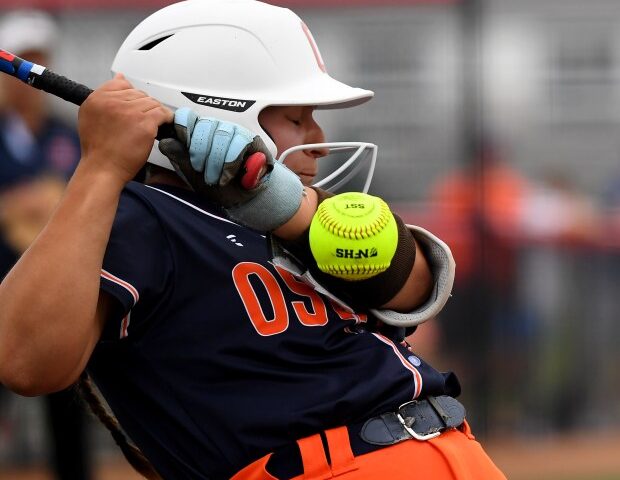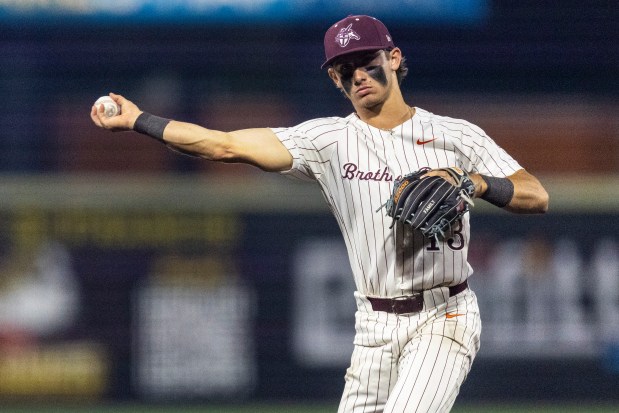As Chicago Public School students return to class Monday, the heat index is expected to break 100 degrees.
The National Weather Service in Chicago issued an excessive heat warning from Monday afternoon to Tuesday evening due to the “dangerously hot and humid conditions.” The city is opening cooling centers and urging Chicagoans to stay indoors when possible.
In a statement Sunday, CPS said it canceled all outdoor activities or moved them inside and assured parents that all classrooms have air conditioning and will be kept at comfortable levels. Procedures are in place if there are malfunctions in a cooling system, the statement said.
The Chicago Teachers Union also released a statement Sunday.
CTU said it has been negotiating with CPS for better cooling systems because many of the city’s older school buildings are not equipped for extreme heat. The union said it was disappointed the matter was not resolved before the start of school but expressed confidence CPS would be able to deal with this week’s heat wave.
“A city that can pull off an unprecedented convention with thousands of visitors can surely make the first day of school safe and successful,” said the CTU statement, referencing last week’s Democratic National Convention.
Heat index values could reach 107 degrees Monday and 110 degrees Tuesday. Meanwhile, overnight temperatures are only expected to drop to the mid- to upper 70s. The Monday low is unlikely to fall below 79 degrees, according to meteorologist Todd Klubber.
This anticipated extreme heat arrives after the Illinois Environmental Protection Agency declared an Air Pollution Action Day for Chicago-area counties Sunday and Monday due to high ozone levels, which are caused by pollutants emitted by cars, industrial sources and wildfires such as those currently blazing in Canada.
It’s not uncommon for poor air quality and heat waves to happen hand-in-hand because particulate matter lingers in stagnant masses of hot air, said meteorologist Casey Sullivan.
Climate change is making the Chicago area more humid, which increases the “feels like” temperature, or heat index, and makes the nights hotter. Average precipitation has increased by 15% in Illinois between 1895 and 2019. Consequently, average summer temperatures have warmed by 1.5 degrees over the last six decades, with average lows increasing by 2.2 degrees.
Heat becomes dangerous if it lingers for more than a day, and warm nights after hot days do not give the body adequate time to cool down, according to the National Weather Service.
Hot weather also does not affect everyone in Chicago equally. Dense residential and industrial areas retain heat more than communities neighboring natural, open spaces like the lakefront, according to a 2023 city-sponsored study. Temperatures collected in different neighborhoods at the same time of day varied by as much as 22 degrees. These findings did not account for humidity, which increases the heat index, meaning that the temperature differential likely felt even greater.
Sunday and Monday’s air quality is unhealthy for sensitive groups including those with asthma, children and older adults. The IL EPA recommends they avoid prolonged outdoor activity.
Meanwhile, during the heat wave, the National Weather Service and the city of Chicago encourage residents to drink plenty of fluids and seek air-conditioning. Children and pets should also never be left in unattended vehicles for any length of time, as this week’s extreme heat can cause car interiors to reach lethal temperatures in minutes.
Even though schools are limiting time outside, parents are being advised to send their students to school in loose-fitting clothing and with full water bottles.
Public cooling centers — which include library branches, park district facilities and community college buildings — will be open to provide relief from the heat. See here for a full list of locations and hours.
Scattered thunderstorms late Tuesday afternoon and Tuesday evening are expected to cool the city back down mid-week. Some of the storms could be severe, with damaging winds and isolated hail.




